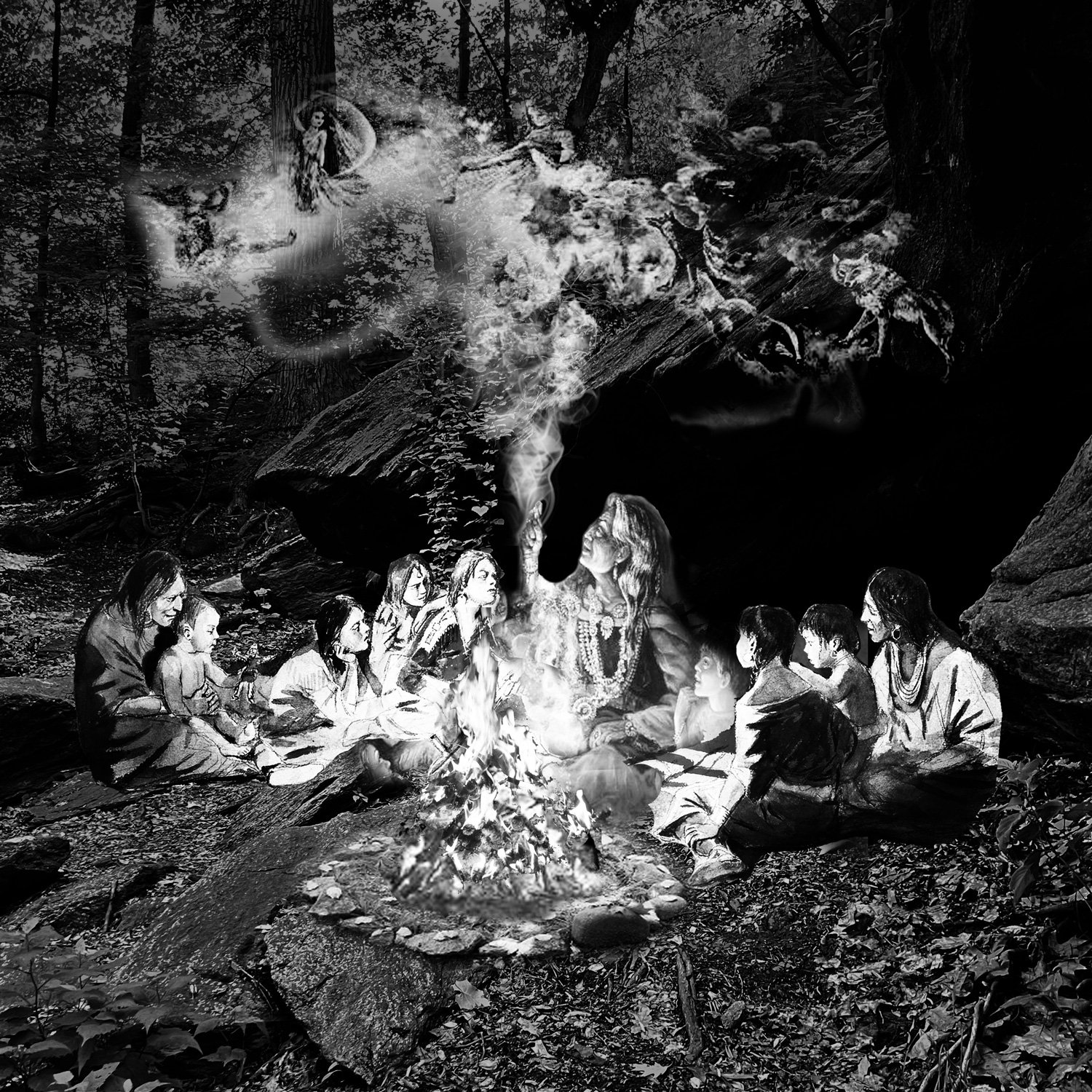ANTHROPOCENE MUSEUM 5.0 | Reinscribing New York City
For this instalment we intersected an ongoing academic standpoint to expand on the current discourse to re-asses, re-dress and re-imagine museum mapping and making in the putrid and wretched age of the Anthropocene. With a cohort of eleven students from Columbia University’s Graduate School of Architecture Planning and Preservation, we set out on a cave surveying exercise of two Native American caves of the Lenape people on Manhattan Island: Ramble Cave in Central Park, and the Inwood Hill Park Caves.
Our graduate school syllabus looked to confront the histories of Indigenous cultural extractions intertwined with the history of museology, within the seemingly innocuous curation of artwork and artefacts, which operated on a global scale during imperial and colonial times decimating many lives, cultures and environments. We invited students to reflect on the disruptive operations of restitution of stolen artefacts, as a disjointed practice of what we call ‘reverse curation’. A practice to inclusively coordinate the return of stolen artefacts that factor in the nuances of human trauma, resistance and healing on multiple socio-geological and architectural scales, necessary to shape what a museum and, by extension, the re-reading of ‘civilisation’ in this epoch could, and probably should, be.
Using new grammars of geology, students used multiscaled terraforming and archaeological tools to recalibrate the museum through interventions at the modular and intimate scale, to the broader urban and ecological scale. Students took a critical look at European imperial and colonial legacies of erasure when looking at the birth of the city through what geologist Kathryn Yusoff aptly calls ‘earth writing’.
Samples of student work from top left to bottom right: 1. Sixue Long 2. Niriksha Shetty 3. Eun Young Lee 4. Vishal Benjamin 5. Niriksha Shetty 6. Juwan Nam 7. JuwanNam 8. Mengyu Wang 9. Yang Fei 10. Yang Fei 11. Claire Koh 12. Claire Koh















